In many markets, the best-selling clean-fuel car is not Tesla, but BYD - a Chinese car company backed by Warren Buffett.
When it comes to the popularity of electric vehicles around the world , most people will think of Tesla – the current global leader. However, the best-selling electric brand in emerging clean-fuel vehicle markets in Brazil, Israel and Thailand is not Tesla, but BYD. The Chinese electric car company is increasingly present on the streets from Sydney (Australia), Delhi (India) to Montevideo (Uruguay).
In the first quarter of this year, the Chinese automaker surpassed Volkswagen as the best-selling car brand in China, a blow to Volkswagen’s 15-year dominance in the country. BYD accounted for 39 percent of new fuel-powered vehicles (electric or gasoline-electric) sales in China, the world’s largest car market, according to the China Passenger Car Association.
BYD is also expanding aggressively internationally. It recently entered Mexico, Spain and the UK. This month, it plans to try its luck in Italy, with a launch party in Turin, the home of Fiat. After exporting its first cars to Norway in 2021, it is now selling cars in Singapore and Sweden. These are real wins for a Chinese consumer brand.
"BYD suddenly became one of the biggest car companies in the world," said Steve Westly, former Tesla director.
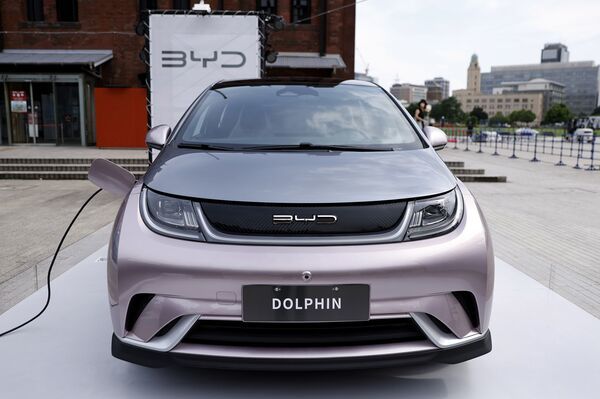
BYD's Dolphin electric car. Photo: Bloomberg
BYD is currently run by founder and chairman Wang Chuanfu. BYD stands for Build Your Dreams. The car company is also an example of Chinese President Xi Jinping's ambition to increase the country's power in the world. BYD has sold products to 53 countries and territories.
Berkshire, Warren Buffett's investment company, first invested $22 million in BYD in 2008. Buffett praised Wang Chanfu and visited the company's factory in China in 2010.
BYD is popular for its eye-catching design, many features and affordable price. The company's latest electric hatchback, the Seagull, starts at just $10,400. It has a 55kW motor, a 30kWh battery, a range of 300km per charge and a top speed of nearly 130km per hour.
BYD produces many of its own components, which allows it to better control costs and reduce production costs. Unlike many other electric car companies, it makes its own batteries and is now the second-largest battery maker in the world. BYD also makes its own semiconductors, which has helped it avoid the chip shortages that other automakers experienced during the pandemic.
At BYD’s headquarters on the outskirts of Shenzhen, tens of thousands of employees work in more than a dozen office buildings and factories, commuting by elevated railways built by BYD itself. There are also dormitories for employees and a museum dedicated to the company’s hundreds of engineers and financial achievements. One wall charts BYD’s revenue from virtually zero in 1995 to 424 billion yuan ($60 billion) in 2022.
Last year, BYD sold 1.8 million new-energy vehicles, more than double the previous four years combined. Its global workforce also doubled to 570,000, 200,000 more than the world’s current largest automaker, Toyota Motor. Last year also marked a turning point for BYD’s international sales, which only began exporting vehicles in 2021.
In terms of revenue from the "home" market, 75% of BYD's revenue still comes from China. In contrast, Tesla records half of its revenue from the US. Toyota even has only 25% of its revenue from Japan.
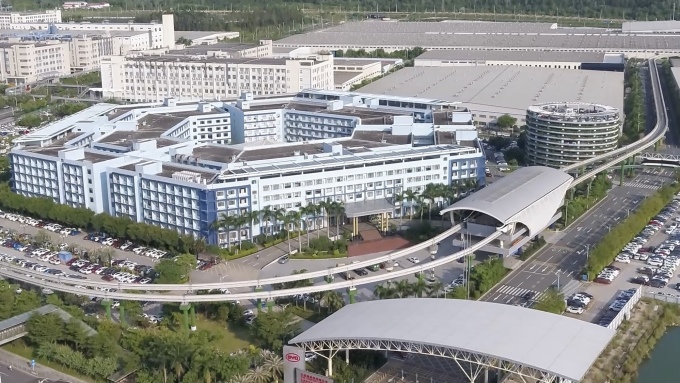
Outside BYD's headquarters in Shenzhen. Photo: CGTN
This year, BYD aims to sell 3.7 million all-electric and gasoline-electric vehicles. Meanwhile, Tesla says it can produce 2 million electric vehicles by 2023. However, BYD has an advantage because Musk only produces pure electric vehicles.
BYD became the leading clean-energy vehicle maker in Brazil, Colombia, Israel and Thailand in the first quarter, surpassing BMW, Renault and fellow Chinese rivals Zhejiang Geely and Hozon New Energy Automobile. In Australia, India and New Zealand, it is now in the top five.
Michael Barnden, a retired teacher in Adelaide, Australia, switched to a 5-seat BYD Atto 3 electric car in November 2022. This is not the first time Barnden has used an electric car. Four years ago, he bought a Hyundai Ioniq hybrid car. But when he saw an advertisement for the Atto 3, with heated seats and a range of 480 km, he switched to this type.
Halfway around the world, BYD electric cars are also attracting customers like Facundo Fernandez, a taxi driver in Montevideo, Uruguay, who decided to buy a BYD because it was cheaper than Western brands.
“Gas is very expensive in Uruguay,” Fernandez explained. A charge of about 500 pesos ($13) will give him a range of 400 kilometers. But a full tank will cost him 2,500 to 3,000 pesos.
Fernandez said he would buy a bigger BYD next year, which would give passengers more room. “The Chinese brands are competitive because they offer similar features at a lower price,” he said.
BYD’s international expansion is still missing one important market: the United States. Although it has sold electric buses there, BYD has no plans to enter the passenger car market. President Joe Biden’s Deflation Act only provides tax incentives for electric vehicles made in North America. Stella Li, BYD’s North American regional director, said the company doesn’t necessarily want to enter every market. It will only be present where it feels ready.
Several European and Southeast Asian governments are also interested in BYD. The company is in talks with officials about building a factory in France, Les Echos reported in May. Last month, BYD also confirmed to Bloomberg that it plans to produce in Vietnam for local sales and export to Southeast Asia.
The automaker is building a factory in Thailand, its first outside the country. It is also considering manufacturing in the Philippines and Indonesia. In Brazil, Ford Motor is negotiating the sale of one of its Bahia plants to BYD.
“What they have done in a short time is amazing,” Westly concluded.
Ha Thu (according to Bloomberg)
Source link




![[Photo] Keep your warehouse safe in all situations](https://vphoto.vietnam.vn/thumb/1200x675/vietnam/resource/IMAGE/2025/10/1/3eb4eceafe68497989865e7faa4e4d0e)



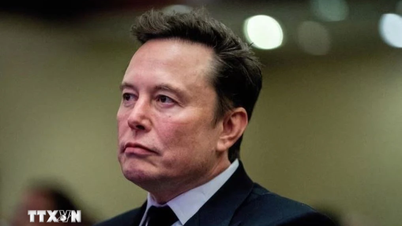










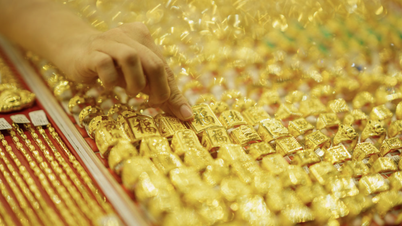






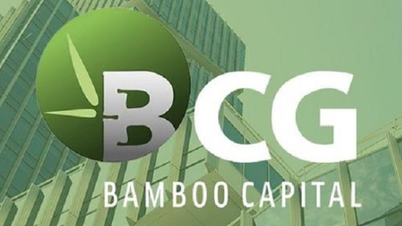

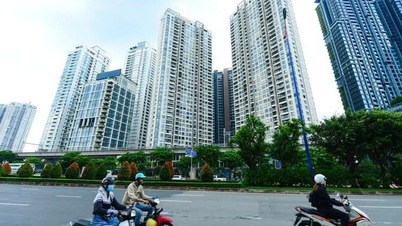











![[Photo] President of the Cuban National Assembly visits President Ho Chi Minh's Mausoleum](https://vphoto.vietnam.vn/thumb/1200x675/vietnam/resource/IMAGE/2025/10/1/39f1142310fc4dae9e3de4fcc9ac2ed0)

























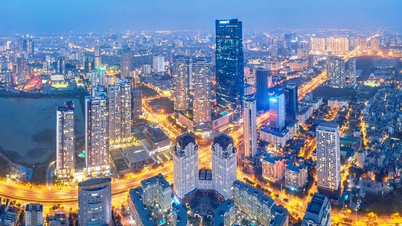
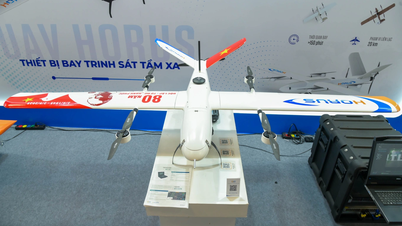










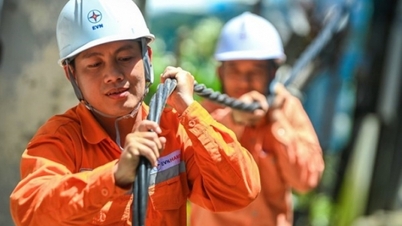





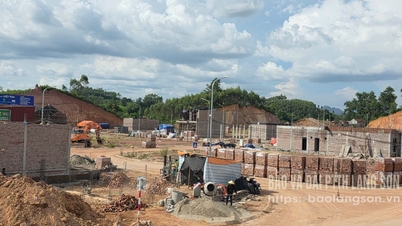

















Comment (0)